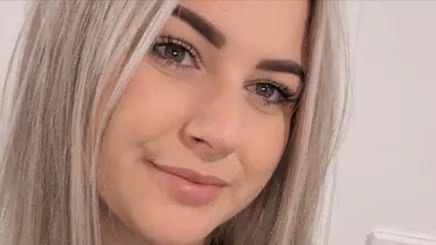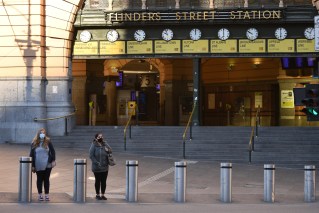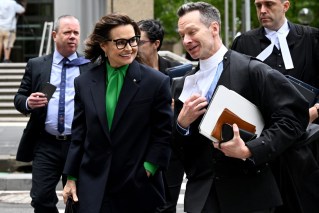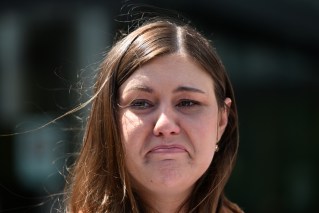Palaszczuk sticking with plan to keep herself in by keeping everybody else out
Annastacia Palaszczuk has remained consistent with her position on border closures and with health advice and public sentiment on her side, she won’t be changing her tune any time soon, writes Dennis Atkins

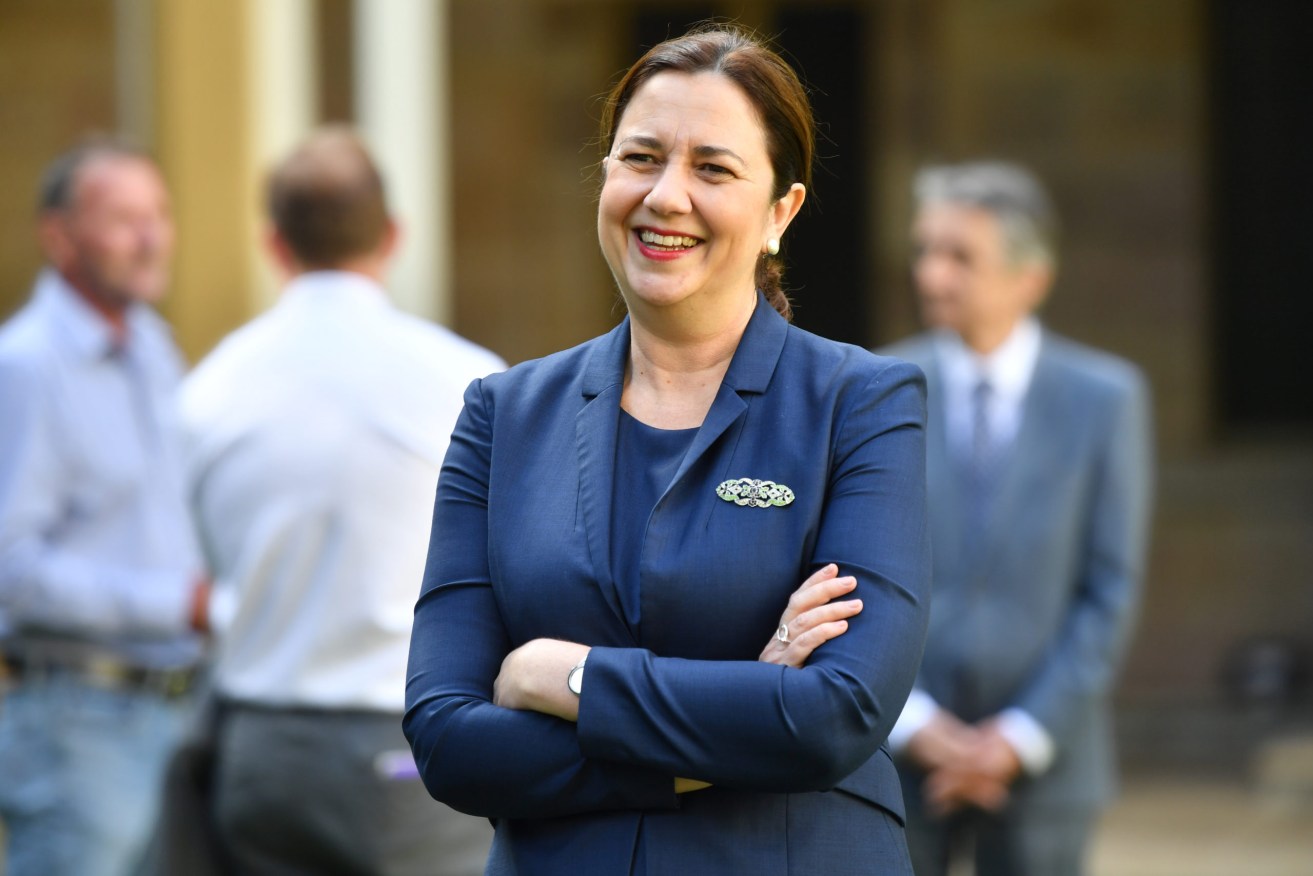
Premier Annastacia Palaszczuk has returned to work with a long list of things to do. (Photo: AAP Image/Darren England)
You cannot fault Annastacia Palaszczuk for her consistency on restrictions on state borders.
Since the borders were closed on Thursday, March 27 this year – the first time this was seen since a barbed-wire fence was erected between Coolangatta and Tweed Heads 101 years ago during the “Spanish Flu” epidemic – the Queensland Premier has not budged despite relentless pressure from self-interested political, business and media groups.
She is not about to give any ground now – a position she reaffirmed this week and will take to the national cabinet meeting this coming Friday.
Scott Morrison says he’ll present Friday’s meeting of first ministers with a scheme under which coronavirus hotspots can be identified and, based on a graduated “traffic light” scale, states or areas within states can be opened or be subject to restrictions.
Premiers and chief ministers will embrace the traffic light system to the extent they want to use it but, beyond New South Wales and Victoria (and they will still have caveats), there is not going to be any blanket endorsement.
Overall, Morrison’s not going to get much support beyond more detailed ways to handle exemptions and make processes more accessible. Most of these workarounds have been in place – and often misrepresented – or are being refined as problems arise.
Morrison doesn’t like state border restrictions – he never has. This is despite the fact he imposed the hardest international border closure anywhere, including the shutdown that occurred in New Zealand.
Palaszczuk isn’t about to shift for two fundamental reasons. She has firm health advice that the border closure is an effective way to control the spread of the virus – on top of best practice testing and tracing which has meant Queensland can move quickly and effectively to act when clusters emerge such as those currently being battled.
Second, the border closures have been overwhelmingly popular. Throughout the months when Palaszczuk has been under extraordinary pressure, more than four out of five Queensland voters backed what the Government has been doing.
This week’s Newspoll confirms that with 84 per cent of Queensland saying Palaszczuk and not Morrison should have the power to open or close the state’s borders. They want it closed for the foreseeable future.
This week Palaszczuk was as firm as she’s been on the border question. “Let me say this very clearly – that Queensland will continue to have our borders closed to keep Queenslanders safe,” she said. “I’m not going to be moved on this.”
Palaszczuk found support from the Australian Medical Association, with that organisation’s national president Dr Omar Khorshid acknowledging the effectiveness of closing state borders.
“I think … to start with, you have to say that the border closures have been a successful measure and the reality is they’re going to stay in place,” Khorshid said on Monday.
Khorshid also put in context the controversy surrounding the emotionally charged case of the pregnant woman from Ballina in northern NSW who lost one of her twin unborn babies after flying to Sydney for treatment instead of driving north to Brisbane or the Gold Coast.
“If you read the rules, particularly on the Queensland side, of what are the exemptions for healthcare reasons, what are the emergency provisions, they actually seem pretty reasonable,” Khorshid said. “And so, in the case of that border, it’s probably a communication thing. I have had a good look at the rules available on the websites from Queensland – they do seem appropriate.”
Khorshid’s admission that a quick look at the guidelines for getting medical exemption were understandable and appropriate puts a lie to the politicking over the tragic case of the Ballina couple and their lost unborn baby.
As any detailed explanation of what happened shows – despite the confusion – the pregnant woman made it to the Royal Prince Alfred Hospital in Sydney and the operation was deemed successful. The unborn child died after that because of complications.
The political use of this tragic case has been as craven and ugly as anything we’ve seen in this emotionally charged year. Deputy Premier and Health Minister Steven Miles is going to sharpen how his department handles these border cases – he’d be well advised to appoint a “Border Czar” to make sure problems are solved before they reach the truth-destroying cesspit of social media.
It’s a significant failure that this kind of problem busting process wasn’t introduced earlier.
Meanwhile, Morrison is going to have to reach deep in his bag of political tricks to get out of the corner into which he’s painted himself. A week ago, Liberals in Canberra were reporting a “charge in the national mood” on borders.
They were wrong – the strategies of all of the states aside from Victoria and New South Wales have been popular since they were enacted in March this year and reaffirmed by all premiers and chief ministers as recently as last month.
No leader is going to tell four out of five of their voters they are wrong on a fundamental issue that is seen by the public as a first-order health containment measure.
